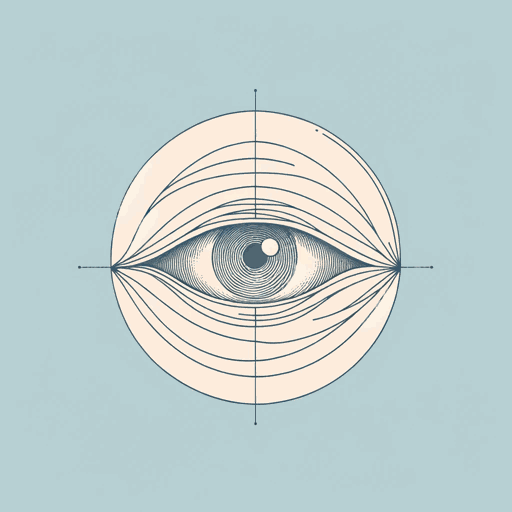43 pages • 1 hour read
George BerkeleyThree Dialogues between Hylas and Philonous
Nonfiction | Book | Adult | Published in 1713A modern alternative to SparkNotes and CliffsNotes, SuperSummary offers high-quality Study Guides with detailed chapter summaries and analysis of major themes, characters, and more.
PrefaceChapter Summaries & Analyses
Preface Summary
George Berkeley begins the preface suggesting that speculation in science and philosophy is the antithesis of practicality. He presents a portrait of the “men of leisure and curiosity” who, because of having too much time on their hands, invite complexities into their worldviews rather than adopting a more practical, common-sense outlook. He mentions that philosophers of the age argue that objects have a real nature that is distinct from the human senses that perceive it. Of the trend in philosophy toward materialism, Berkeley claims that one of its axioms is that “Sense is fallacious” (3). In other words, materialists argue in favor of something inherent in an object that evidently exists outside of human perception. In this case, the senses do not reveal the entirety of an object and are thus not to be trusted.
Berkeley mentions his prior work, Principles of Human Knowledge, and suggests that Three Dialogues is an extension of that work. He also indicates the purpose of this text, which he maintains has been presented in a familiar and simplified manner. He believes that his argument in favor of 







Related Titles
By George Berkeley

